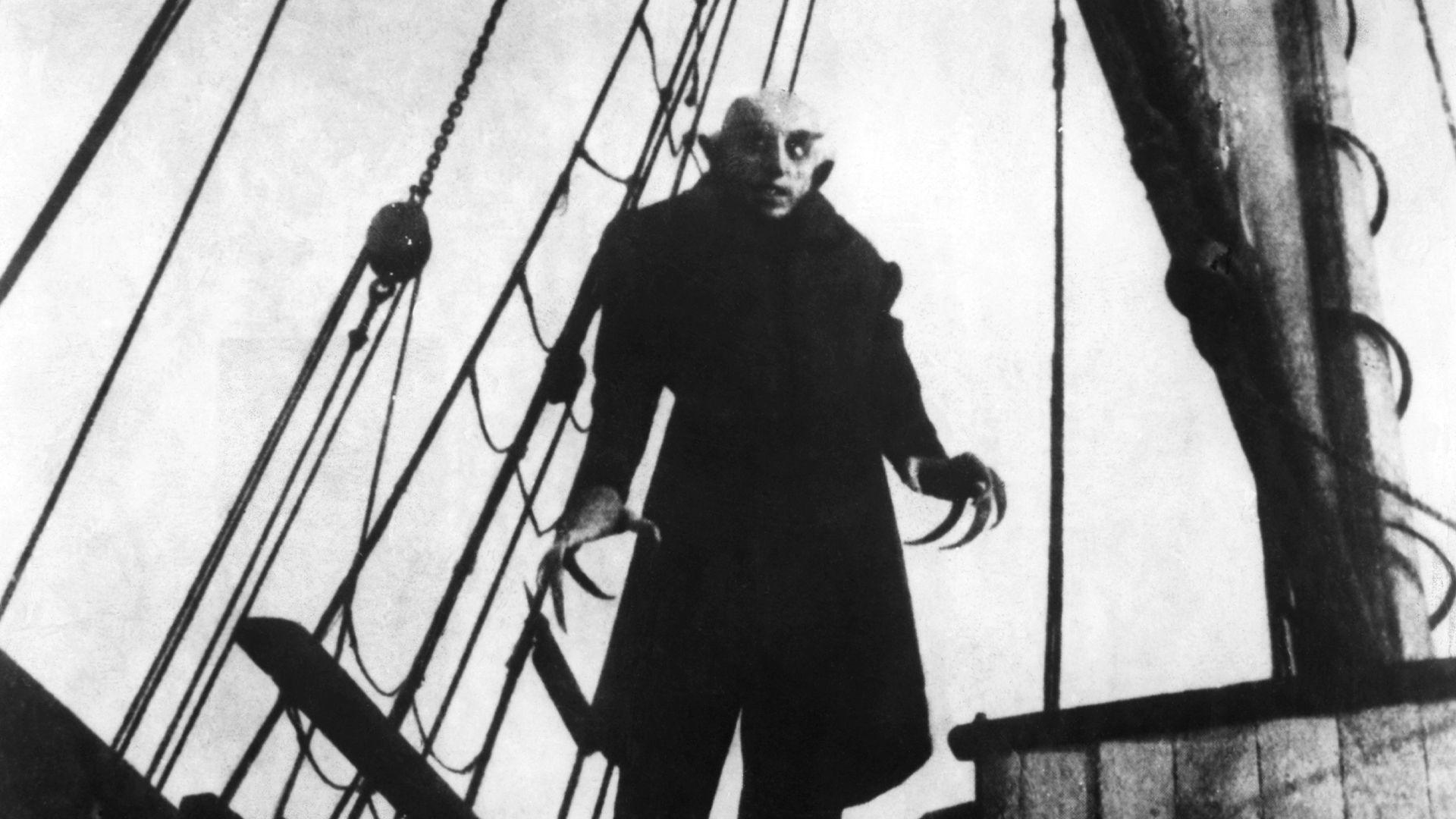
Nosferatu vs. Modern Vampire Films What Has Changed?
When it comes to the vampire mythos in film, few titles stand out as much as F.W. Murnau's "Nosferatu," released in 1922. This silent classic not only defined the essence of horror but also laid the foundation for countless vampire films to come. However, as we journey into the contemporary psyche, we find a diverse array of vampire narratives that have evolved significantly from their original roots. This blog explores the shifts in themes, aesthetics, and cultural reception from "Nosferatu" to modern vampire films, while also inviting you to visit your local "Nosferatu store" for some iconic memorabilia.
The Iconic Birth of the Vampire in Cinema
"Nosferatu" is often regarded as the quintessential vampire film, presenting Count Orlok as a nightmarish creature that evokes fear through his grotesque appearance and haunting presence. The film's expressionist style created a stark visual language that emphasized shadows, light, and atmosphere, contributing to the eerie and unsettling tone. This focus on horror and dread is starkly different from many of today's portrayals of vampires, which often lean towards glamor and romance. Indeed, "Nosferatu" showcased a raw, almost primal fear of the unknown, representing anxieties of the early 20th century, such as disease and invasion, particularly given its roots in the adaptation of Bram Stoker's "Dracula."
The Shift in Aesthetics and Themes
Modern vampire films have diversified, moving away from the sheer terror embodied by Count Orlok. The 21st century has seen the rise of more relatable, complicated vampire characters. Films like "Twilight" and series such as "The Vampire Diaries" depict vampires not just as monsters, but as beings who grapple with identity, morality, and desire. These contemporary narratives often focus on the romantic aspects of vampirism, exploring themes of passion and eternal love rather than fear and isolation. The vampire is no longer just a figure to be feared; they have become a vehicle for exploring deeper social and psychological issues, highlighting what it means to exist on the fringes of society.
Changing Cultural Reception
In terms of cultural reception, the portrayal of vampires has also shifted dramatically. "Nosferatu" was an exploitation of fears prevalent during the time, primarily World War I and the Spanish flu, whereas modern films often reflect societal issues such as identity, power dynamics, and even environmental concerns. As we see vampires among teenage drama and even dystopian stories, they reflect an evolving societal fascination with immortality and the human experience. While "Nosferatu" instilled fear and repulsion among its viewers, today’s audiences often find themselves sympathizing with vampire protagonists, making them champions of personal freedom in a world that often feels confining.
A Nostalgic Nod to the Past
The cultural impact of "Nosferatu" remains significant, and numerous modern films still pay homage to its legacy. The "Nosferatu store" serves as a delightful reminder of the iconic status of this early cinematic achievement, offering merch and memorabilia for fans who wish to celebrate the evolution of vampire lore. In an era where vampires are often seen on the silver screen in sparkling, alluring ways, it is vital to remember the dark origins that shaped these narratives. The clash between the ghastly Count Orlok and the charismatic characters of today continues to spark discussions about the nature of fear, desire, and ultimately, humanity itself.
